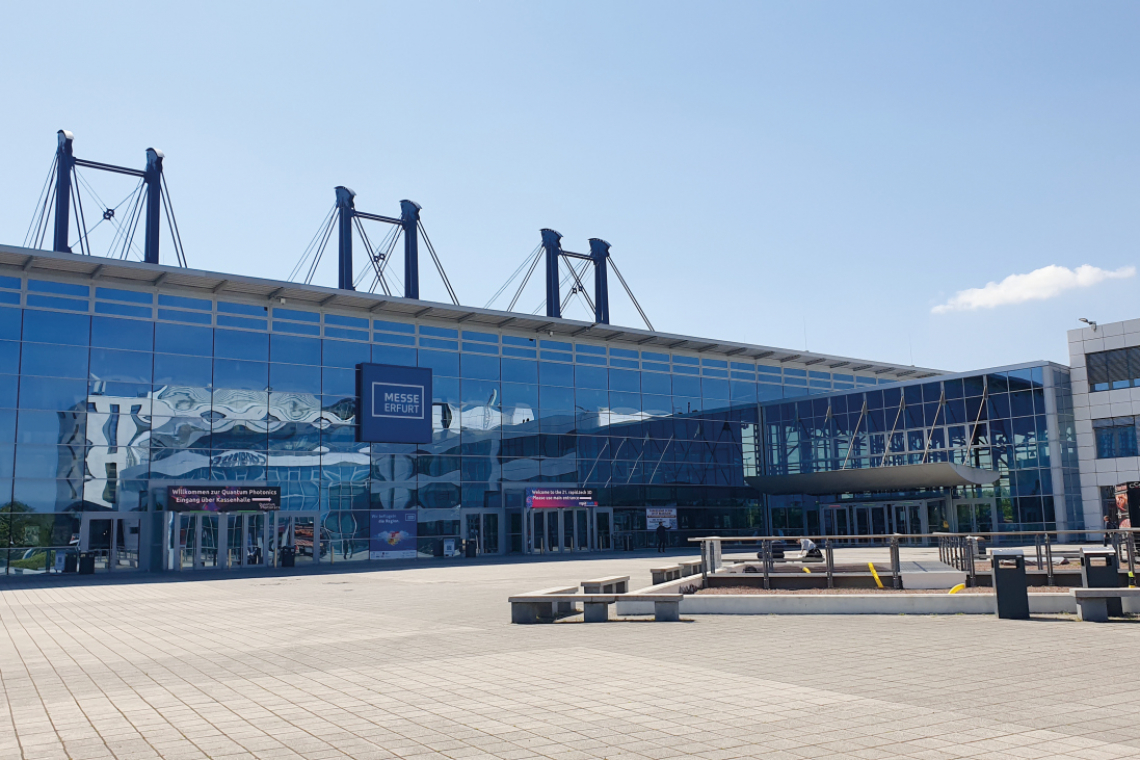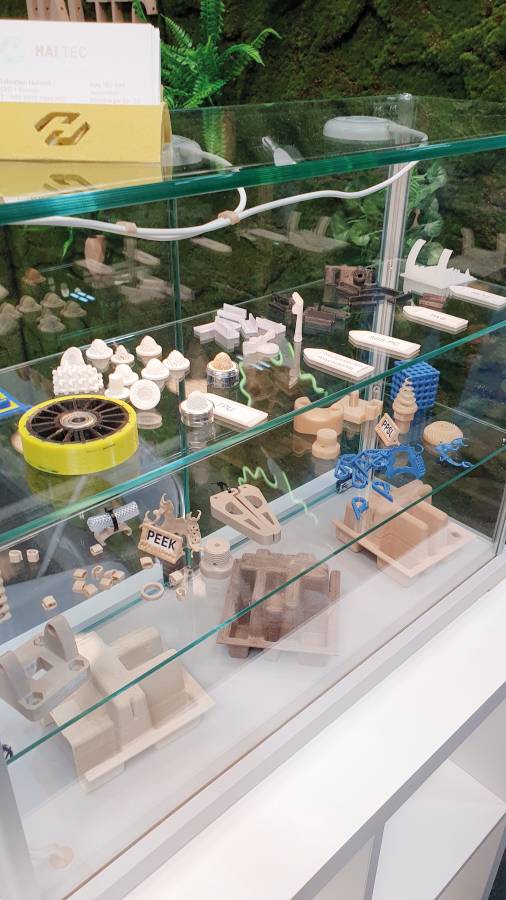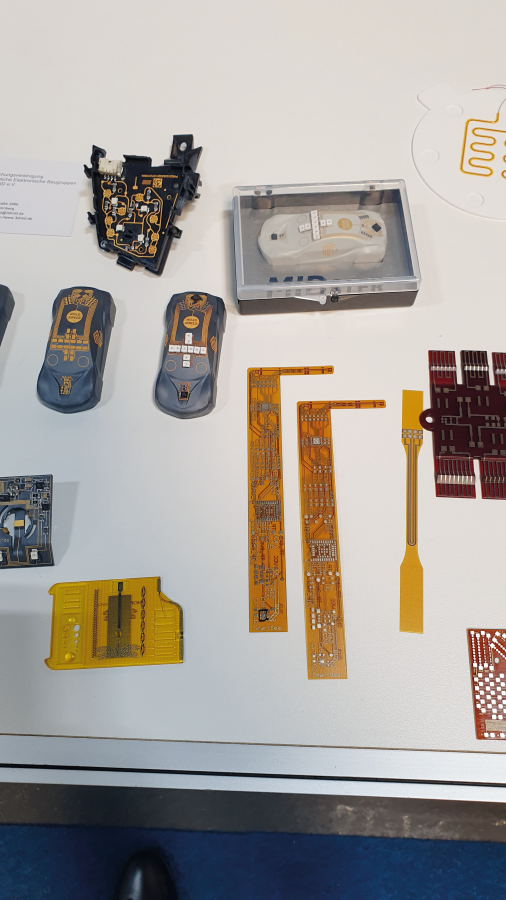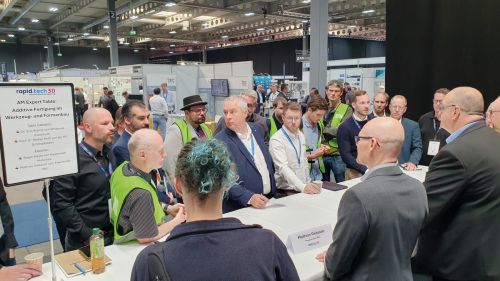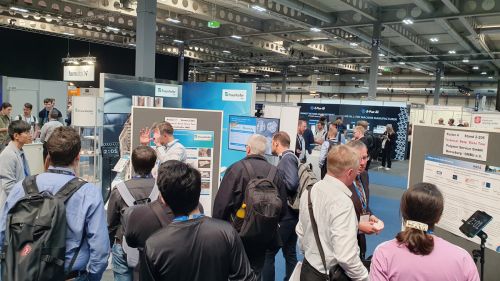In May, the rapid.tech 3D trade fair and congress on additive manufacturing took place in Erfurt for the 21st time. In addition to the main topic 'Use of additive technologies and 3D printing', the main focus this time was on 'Innovative & Profitable - The future of additive manufacturing'.
This time, rapid.tech 3D was even more compact than in previous years, but was still well attended. In 2025, the trade fair was once again accompanied by a well-attended congress.
The 3D Pioneers Challenge (3DPC) celebrated its 10th anniversary. Since its inception, this competition has established itself among the young audience as one of the platforms for innovations in the field of additive manufacturing. As an electrical engineer, I was looking forward to the 'Electronics + Components Forum' on the second day of the congress.
The big players were missing
One thing was clearly noticeable: the big players were missing at the trade fair. Whether they are focusing more on productronica 2025 or simply following the general trend of abstaining from trade fairs will perhaps become clear in November in Munich. Instead, many small and micro companies were present. HAITEC, a one-person company, presented 3D printing based on wood materials in combination with PEEK(Fig. 2). PEEK is a semi-crystalline high-performance plastic with excellent chemical and temperature resistance. This makes it theoretically very suitable for highly stressed circuit carriers such as printed circuit boards. Unfortunately, the CTE (temperature or linear expansion coefficient of 50 ppm) is too high for precision PCBs with fine-pitch components. This is an issue that we are already familiar with from conventional MID circuit carriers.
The FAPS in Erlangen has been working on these injection-molded circuit carriers for a good 30 years, which have since been expanded to include films and 3D printing. These developments were therefore presented at the trade fair by the FAPS and the 3D-MID e.V. with a rather small stand(Fig. 1), quasi as an accompaniment to the congress program 'Forum Electronics + Components'.
Unfortunately, in contrast to the other congress sessions, the attendance at this forum was very low. This could not have been due to the visibility in advance, especially as there was sufficient advertising in PLUS. Was the attempt to integrate electronics more into the trade fair a success? I don't know.
The 'AM Expert Tables'(Fig. 3), which were held for the first time, were very interesting and well attended. In my opinion, this was one of the magnets of the trade fair.
The guided tours of the trade fair with questions and answers at the exhibitor stands and the integrated poster exhibition were also very well received and frequented(Fig. 4). The clocks on the stand were an interesting detail. Due to the time limit, everything had to be brought to the point. A refreshing break and addition to the trade fair.
'Quantum Photonics'
As a novelty, 'Quantum Photonics' took place for the first time as a parallel event in a visually separate area of Hall 2. The accompanying congress took place in a very futuristic-looking oversized 'igloo' integrated into the hall. A very interesting realization. There was room for 40-50 visitors, guaranteeing a full house. The focus was very much determined by the large majority of participants from Thuringia. In addition to the Fraunhofer IOF from Jena, X-FAB from Erfurt was also well represented with presentations. The topics presented were very much characterized by microsystems technology and microelectronics. A clear contrast to the rapid.tech program.
Conclusion
Hybrid 3D printing technology is still fighting for a leading position in series production. Many experimental results were presented by the research institutions. There was little to be seen or heard from the business world. Unfortunately, there was no real highlight.
As a time and energy-intensive process, 3D printing is currently trying to find its way. Laser-assisted production has been increasingly used in recent times. Not only companies like Trumpf are certainly feeling the effects of this market dependency.
The trade fair concept tried something new with the 'AM Expert Table' and the guided tours, which may well have potential. In percentage terms, a large number of NIOs (non-industry organizations) were represented. These included Blue List institutes, Fraunhofer, Max Planck, Helmholtz as well as universities, colleges and professional associations.
With reference to my column 'Are trade fairs still in keeping with the times', it remains to be seen to what extent this type of trade fair will survive.
To sum up the electronics industry, I can only say once again that it remains to be seen whether 3D printing technology in the electronics sector will be a game changer in Europe. Even if the entry costs for simple components have fallen enormously, the manufacturing time and production costs for precision structures for medium and large quantities are still too high, not only because of the energy-efficient processes.
I wish the new 'Quantum Photonics' event the best of luck, even beyond the funding phase.
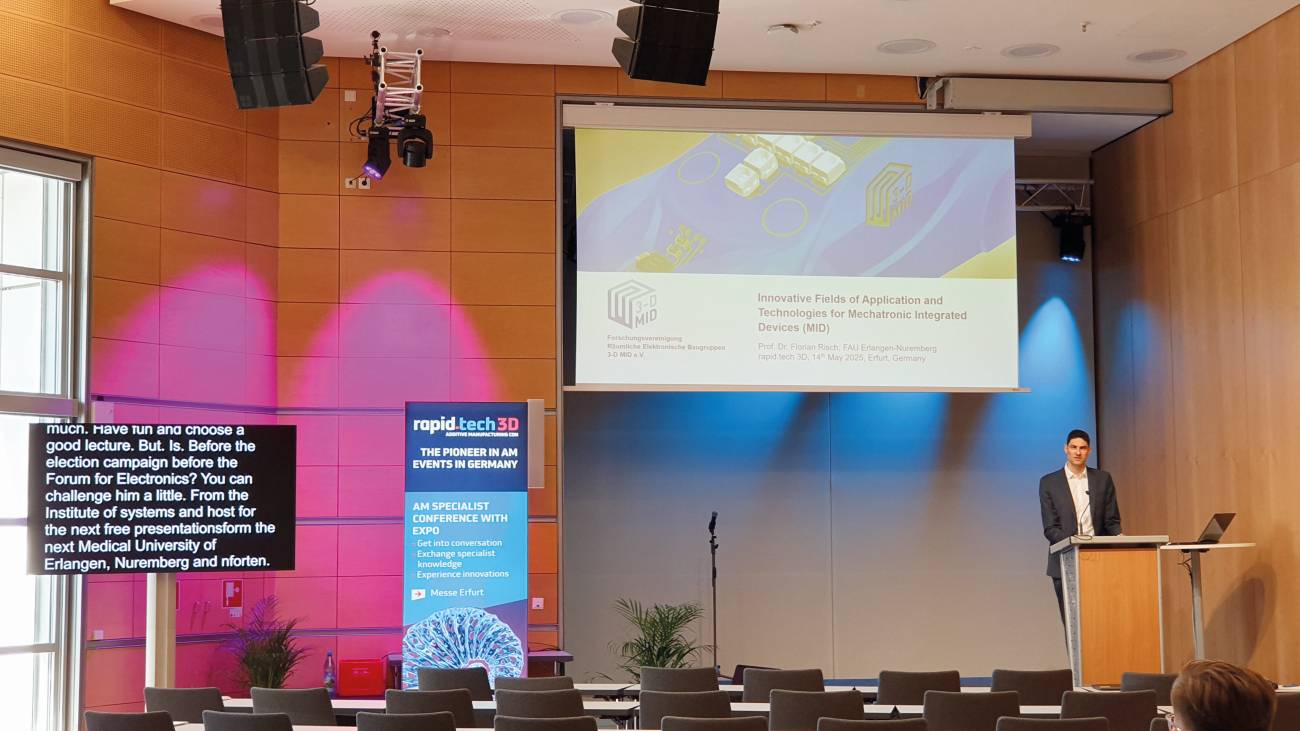 Fig. 5: Lecture by Dr. Florian Risch at the forum Image: Kostelnik Electronics+Components. The lectures were presented with additional live translation on a TV screen.
Fig. 5: Lecture by Dr. Florian Risch at the forum Image: Kostelnik Electronics+Components. The lectures were presented with additional live translation on a TV screen.
References
[*] J. Kostelnik: Plate tectonics - Are measurements still up to date?, Issue 11/2024, p. 548ff.

